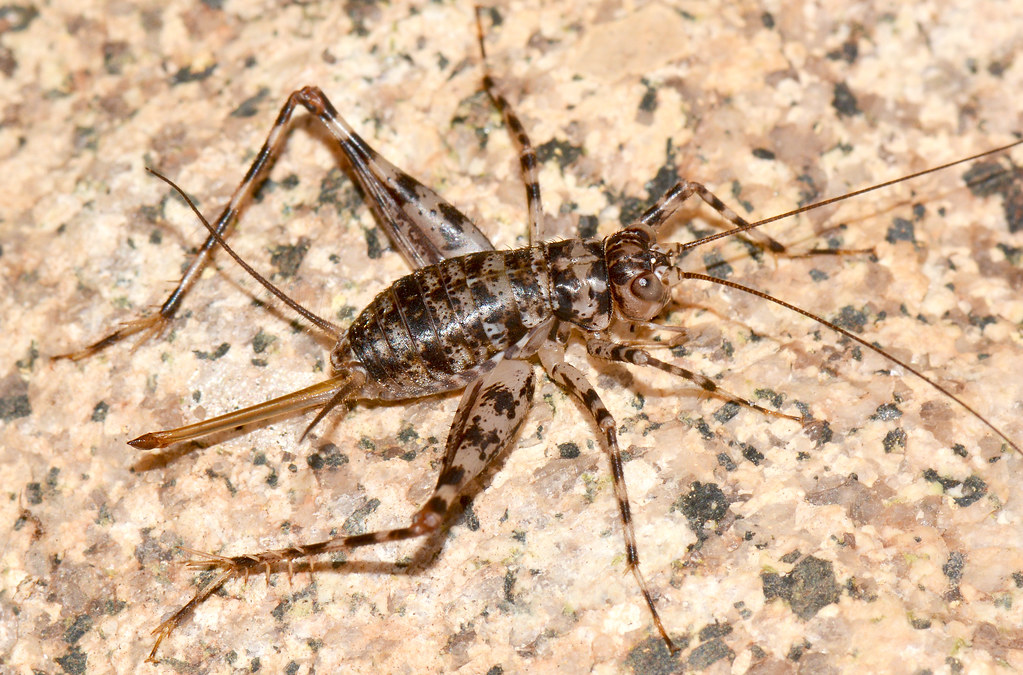The summer evening’s symphony begins as darkness falls—crickets chirping from garden corners, cicadas buzzing from treetops, and grasshoppers clicking as they leap through grass. Insect sounds form the soundtrack of our natural world, yet many of us rarely pause to consider the remarkable biology behind these acoustic displays or their crucial importance to the tiny creatures producing them. Each buzz, click, and chirp represents millions of years of evolutionary adaptation, serving specific purposes in mating, territory defense, warning signals, and communication. From the mechanical engineering of specialized body parts to the intricate behavioral patterns they enable, insect sounds offer fascinating insights into a world of communication happening just beyond our usual awareness. This diverse soundscape of insect acoustics invites us to explore how and why these small organisms create such distinct sounds—and what messages they’re broadcasting to the world around them.
The Evolutionary Orchestra: Why Insects Make Sounds
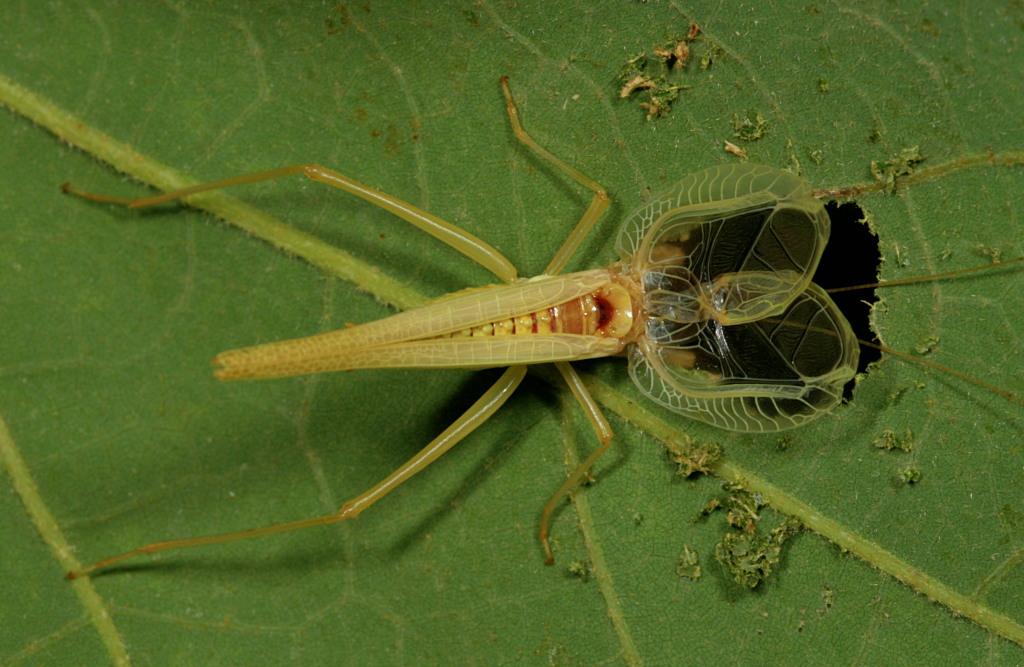
Insect sound production has evolved independently numerous times across different insect orders, representing one of nature’s most impressive examples of convergent evolution. Unlike vertebrates, which typically use their respiratory systems for vocalization, insects have developed specialized mechanical structures on their bodies specifically for sound creation. This evolutionary investment in sound-making machinery highlights the critical survival value these sounds provide. The primary drivers behind insect acoustics are reproductive success, with many species using sounds to attract mates across distances far greater than visual signals could reach. Territorial defense represents another key function, allowing insects to establish and maintain personal space without physical confrontation. Some species have even evolved warning sounds to deter predators, essentially broadcasting their unpalatability or defensive capabilities before an attack occurs. The diversity of insect sounds reflects the incredible variety of ecological niches they occupy and the specific communication challenges each species faces.
Stridulation: The Science Behind Cricket and Grasshopper Songs
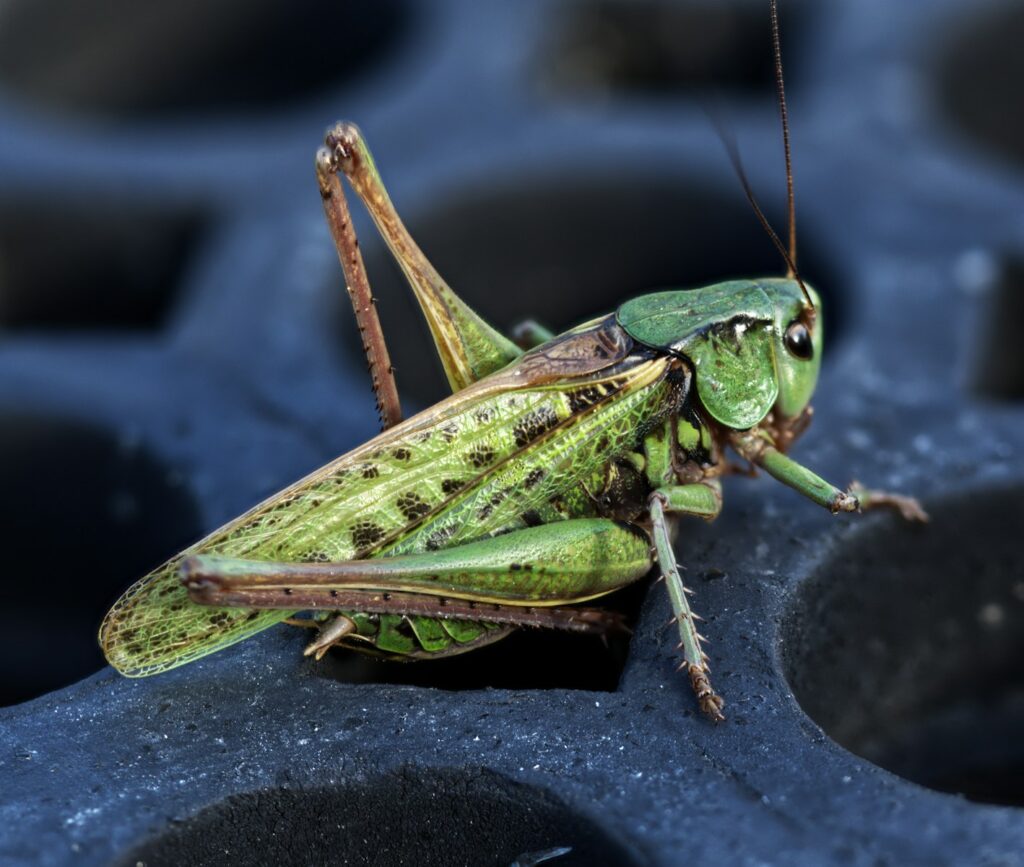
The familiar chirping of crickets and rasping sounds of grasshoppers result from a process called stridulation—essentially, these insects are playing their own bodies like musical instruments. Male crickets possess specialized structures on their forewings featuring a row of microscopic teeth (called the file) on one wing and a hardened scraper (called the plectrum) on the opposing wing. When the insect rubs these structures together in a precise motion, the scraper catches on each tooth of the file in rapid succession, creating the characteristic chirping sound we associate with summer evenings. The specific sound quality depends on factors including tooth spacing, wing resonance, and the speed of wing movement. Remarkably, this system functions like a stringed instrument with the wings acting as resonating chambers to amplify the sound. Different cricket species have evolved distinct stridulation patterns that serve as acoustic signatures, allowing females to identify potential mates of their own species even in environments crowded with multiple singing species.
Tymbals: How Cicadas Create Their Deafening Chorus
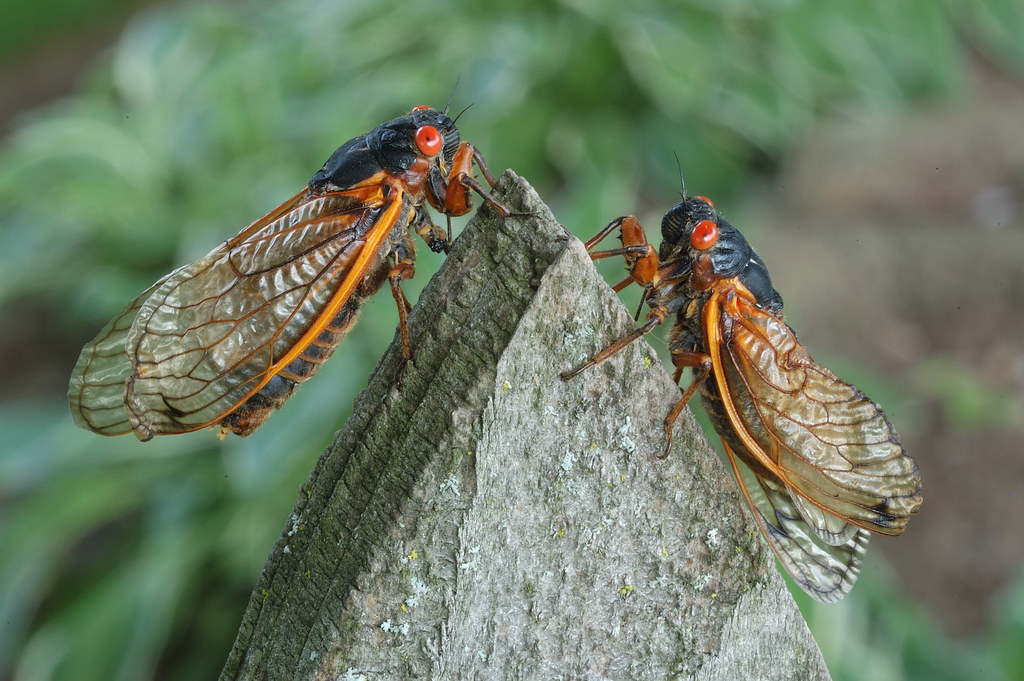
The extraordinarily loud buzzing produced by cicadas comes from specialized organs called tymbals, which represent one of the most efficient sound-producing mechanisms in the animal kingdom. Located on either side of the male cicada’s abdomen, these ribbed membranes buckle and pop when pulled by powerful muscles, creating the characteristic buzzing sound that can reach an astonishing 100 decibels—equivalent to a chainsaw or motorcycle. The cicada’s mostly hollow abdomen functions as a resonating chamber, dramatically amplifying this sound output. What makes cicada acoustics particularly remarkable is their ability to produce such volume without significant energy expenditure, as the tymbal’s design allows for mechanical amplification rather than requiring continuous muscle power. The loudness serves a crucial purpose—enabling male cicadas to broadcast their presence to females across considerable distances, especially important for periodical cicada species that emerge synchronously after years underground and must find mates within a brief adult lifespan. Scientists study cicada tymbals for insights into acoustic engineering, as their efficient design principles could inform human-made sound systems.
Wing Music: The Buzz and Hum of Flying Insects
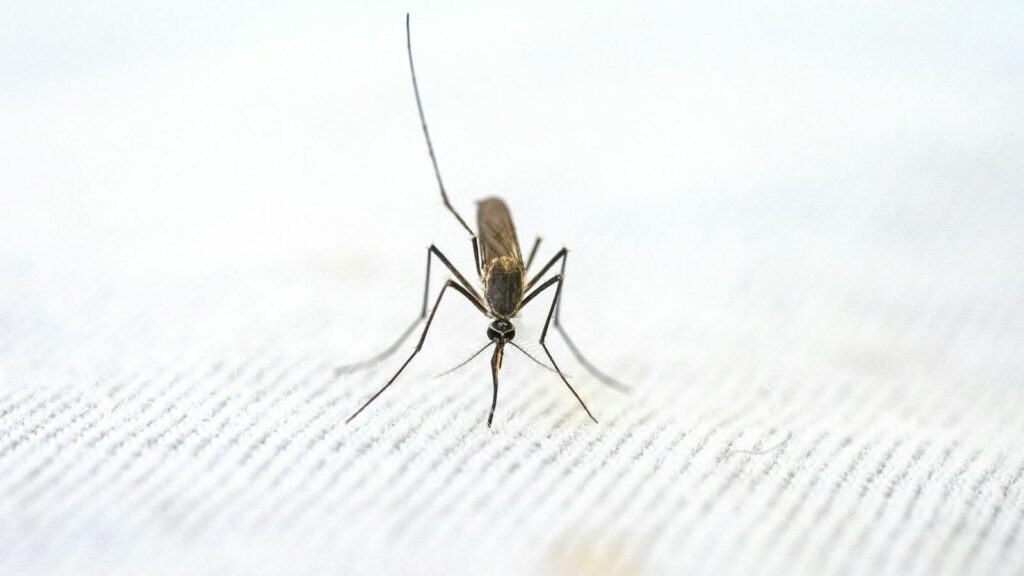
The distinctive buzzing sound we associate with flying insects results from the rapid movement of their wings beating through the air. Mosquitoes, bees, flies, and many other insects create sounds simply as a byproduct of flight, with wing beat frequencies that are often species-specific. A honeybee’s wings, for example, beat approximately 230 times per second, creating the familiar buzzing tone we recognize, while mosquitoes generally operate at higher frequencies producing their characteristic high-pitched whine. These flight sounds serve multiple purposes beyond the mechanical requirements of flying—they help coordinate swarm behavior in social insects and play important roles in mating rituals. Female mosquitoes, for instance, can identify potential mates by detecting the specific frequency of a male’s wing beats, and adjust their own flight patterns to create a synchronized acoustic duet before mating. The wing beat frequency can also reveal important information about an insect’s species, sex, size, and even age, making these incidental sounds an important aspect of insect communication systems.
Percussion and Vibration: Drumming Messages Through Substrates
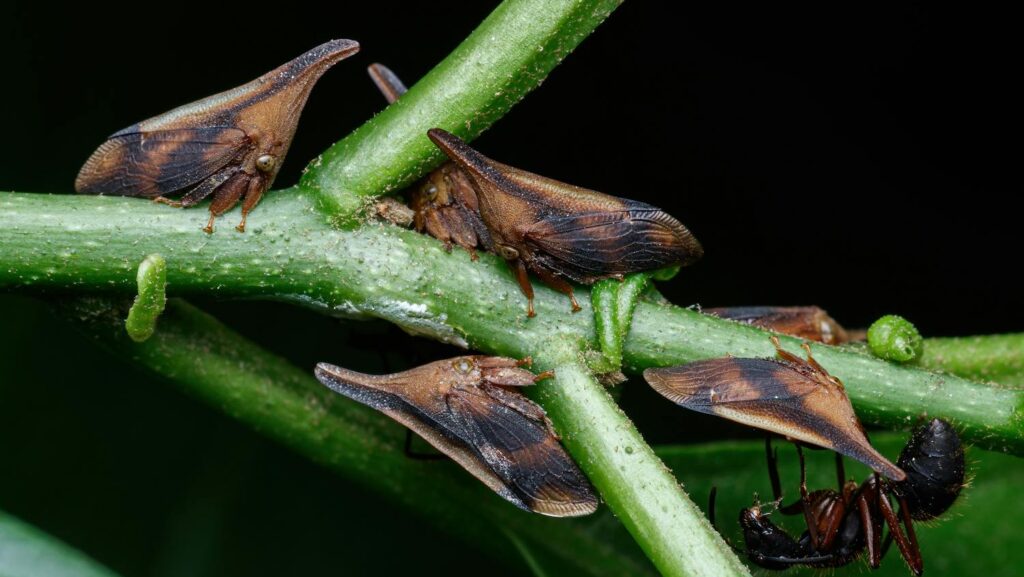
Many insects communicate through vibrations transmitted through the surfaces they inhabit rather than through airborne sounds our human ears can detect. This form of communication, known as substrate-borne signaling, involves insects striking or rubbing parts of their bodies against the substrate—be it a leaf, stem, or wooden structure. Treehoppers, for example, rapidly vibrate specialized abdominal structures against plant stems, sending messages that travel through the plant tissue to reach other individuals. These vibrational communications can convey complex information about territory, mating availability, and even warnings about nearby predators. The advantage of substrate-borne communication is its directional precision and reduced risk of attracting unwanted attention from predators who might otherwise intercept airborne signals. Scientists studying these vibration-based communication systems use specialized laser vibrometers that can detect the minute movements in surfaces caused by insect signaling, revealing a hidden world of communication occurring literally beneath our fingertips when we touch a plant stem or leaf surface.
Temperature’s Influence: Why Insects Sound Different on Hot and Cold Days

The rate at which insects produce sounds is directly influenced by ambient temperature because they are ectothermic organisms whose metabolic rates depend on external heat sources. This temperature dependence creates noticeable differences in insect soundscapes from day to night or across changing seasons. Cricket chirping provides the most famous example of this phenomenon, with chirp rates increasing predictably as temperatures rise—a relationship so reliable that there exists a formula called “Dolbear’s Law” allowing people to estimate the temperature by counting cricket chirps. On warm evenings, crickets might produce 160 chirps per minute, while the same cricket would manage only 100 chirps per minute during cooler weather. This temperature effect explains why insect choruses tend to reach their peak intensity during the hottest hours of summer days and gradually slow down as evening temperatures drop. Biologists use these predictable relationships to monitor environmental changes, as shifts in insect acoustic patterns can serve as sensitive indicators of local temperature variations and potentially signal climate change impacts on ecosystems.
Sexual Selection: How Female Preference Shapes Insect Sounds
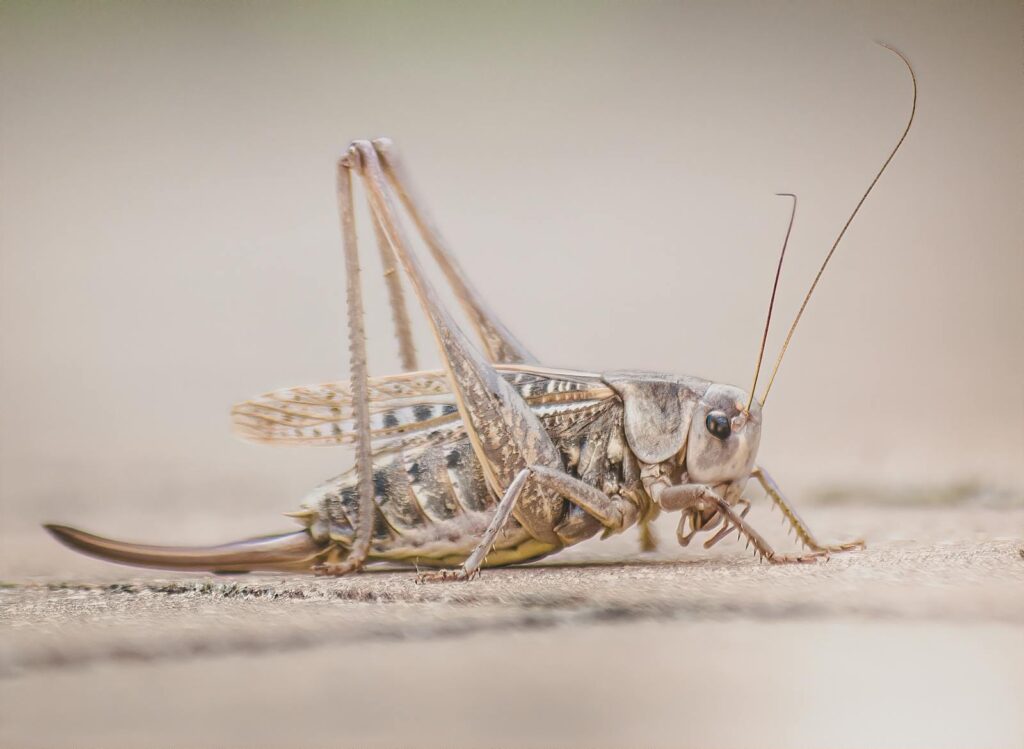
The elaborate acoustic displays of male insects have been shaped through millions of years of female choice, creating one of nature’s most compelling examples of sexual selection in action. Female crickets, for instance, show strong preferences for specific acoustic features in male calls, including chirp rate, rhythm, frequency, and amplitude—all of which may signal the genetic quality, physiological condition, or resource-holding potential of potential mates. This selective pressure has driven the evolution of increasingly complex and energetically costly sound production mechanisms in males. The investment required to produce these sounds creates an honest signal of male quality, as only the healthiest males can maintain optimal calling patterns for extended periods. Research has revealed that in many species, females can detect subtle variations in male calls that humans cannot perceive, allowing them to make sophisticated mating decisions based on acoustic information. This female preference for particular sound characteristics creates evolutionary arms races in some species, where males evolve increasingly elaborate calls while females evolve increasingly discriminating hearing to assess those calls accurately.
The Arms Race: Predators, Parasites, and Insect Sound Adaptations
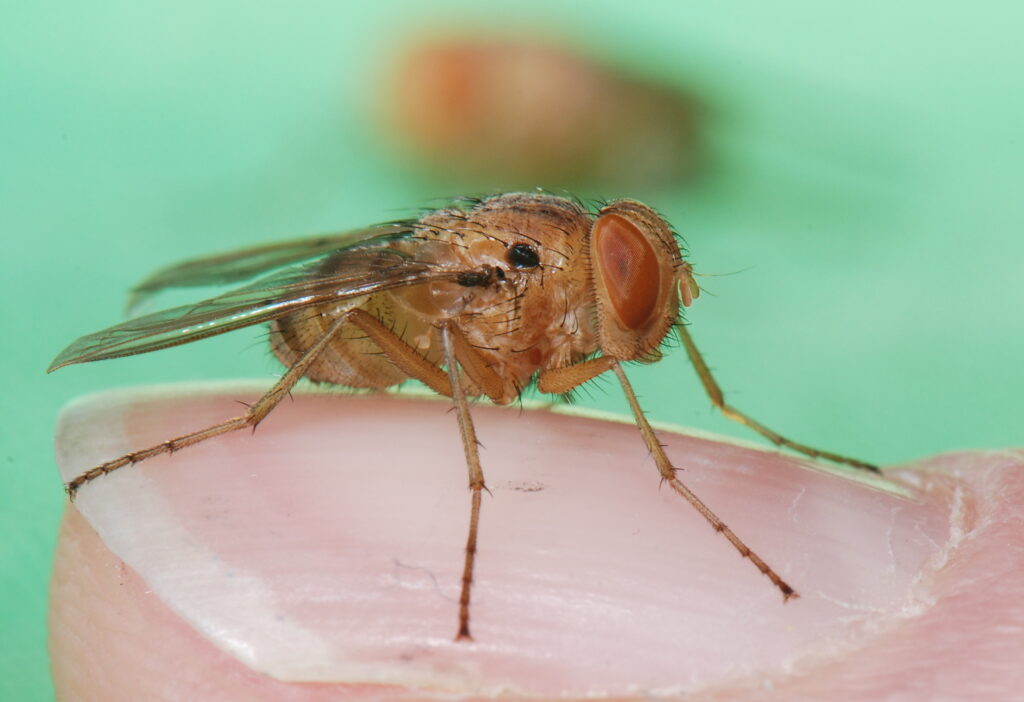
While insect sounds primarily evolve for communication with conspecifics, they create evolutionary challenges by potentially attracting unwanted attention from predators and parasites. This has led to sophisticated adaptations in how, when, and where insects produce sounds. Certain parasitic flies, for example, have evolved to locate singing male crickets by homing in on their calls, depositing larvae that will eventually consume the cricket from within. In response, some cricket populations have developed rapid evolutionary changes in their calling behavior or even lost their ability to call altogether, relying instead on intercepting the calls of other males to locate females. Bat predation presents another significant pressure on acoustic insects, with many moths having evolved ears specifically tuned to detect bat echolocation—allowing them to perform evasive maneuvers when they sense an approaching predator. This evolutionary arms race between signaling insects and their acoustic predators has produced fascinating adaptations, including insects that can detect approaching bats and immediately cease calling, only to resume once the threat has passed. The balance between effective communication and predator avoidance creates complex trade-offs that shape the acoustic characteristics of different insect species.
Acoustic Niches: How Insects Avoid Sound Interference

In environments teeming with sound-producing insects, species have evolved to occupy distinct “acoustic niches” that minimize signal interference and ensure their messages reach intended recipients. This acoustic partitioning occurs across multiple dimensions, including frequency range, temporal patterns, habitat selection, and even seasonal timing. Different cricket species calling in the same meadow, for instance, often produce sounds in different frequency bands or adopt distinctive rhythmic patterns that allow females to distinguish their species-specific calls amid the cacophony. Some insects avoid competition by calling at different times of day—certain katydid species are strictly nocturnal callers, while others call primarily at dawn or dusk. Vertical stratification represents another strategy, with some species calling from treetops while others broadcast from ground level, effectively creating spatial separation between similar signals. This acoustic niche partitioning resembles the concept of resource partitioning in ecology, except the resource being divided is the acoustic communication space rather than physical resources like food or shelter. The resulting layered soundscape allows multiple species to communicate simultaneously without compromising the effectiveness of their signals.
Insect Ears: The Remarkable Adaptations for Sound Reception
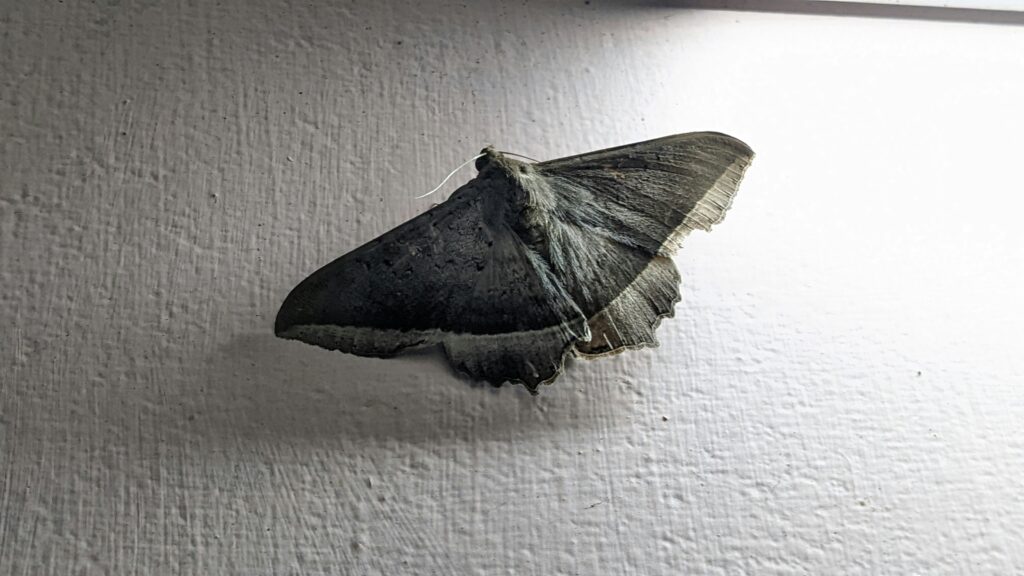
The evolution of sound production in insects has been matched by equally impressive adaptations for sound reception, with insect ears representing some of the smallest and most sensitive acoustic organs in the animal kingdom. Unlike human ears, insect hearing organs have evolved independently multiple times and can be found in surprising locations throughout their bodies—on their abdomens, thoraxes, legs, or even mouthparts, depending on the species. Many of these hearing organs consist of thinned sections of exoskeleton called tympana that vibrate in response to sound waves, connected to specialized sensory cells that convert these vibrations into neural signals. Some moths possess ears so sensitive they can detect a bat’s ultrasonic calls from over 100 feet away, giving them crucial time to initiate evasive maneuvers. Female mosquitoes can identify the specific wing-beat frequency of males of their own species from among dozens of similar sounds in their environment. The precision tuning of these hearing systems often matches the specific acoustic properties of conspecific calls, creating communication channels that maximize signal recognition while minimizing interference from environmental noise or signals from other species.
Cultural Impact: How Insect Sounds Have Influenced Human Societies

Insect sounds have resonated through human cultures for millennia, influencing art, literature, music, and spiritual beliefs across civilizations. In ancient China, crickets were kept in ornate cages for their songs, and cricket-fighting evolved into a sophisticated cultural practice with detailed manuals written about breeding the most sonorous specimens. Japanese culture celebrates the sounds of singing insects as a poetic marker of seasonal change, with traditional autumn festivals dedicated to listening to insect choruses in natural settings. Western literature frequently references insect sounds, from Aesop’s fables featuring the industrious ant and the musical cicada to Romantic poetry using cricket songs as metaphors for pastoral peace. These acoustic influences extend to music composition, with classical pieces like Rimsky-Korsakov’s “Flight of the Bumblebee” imitating insect sounds, and contemporary music sampling actual insect recordings as rhythmic elements. Even modern sound design for science fiction films often draws on insect acoustics to create otherworldly soundscapes, demonstrating how these small creatures continue to shape our aesthetic sensibilities. Beyond their artistic influence, insect sounds serve practical purposes in many cultures, with cricket chirp rates traditionally used as natural thermometers and cicada emergences marking agricultural calendars.
Decoding Meaning: What Different Insect Sounds Tell Us
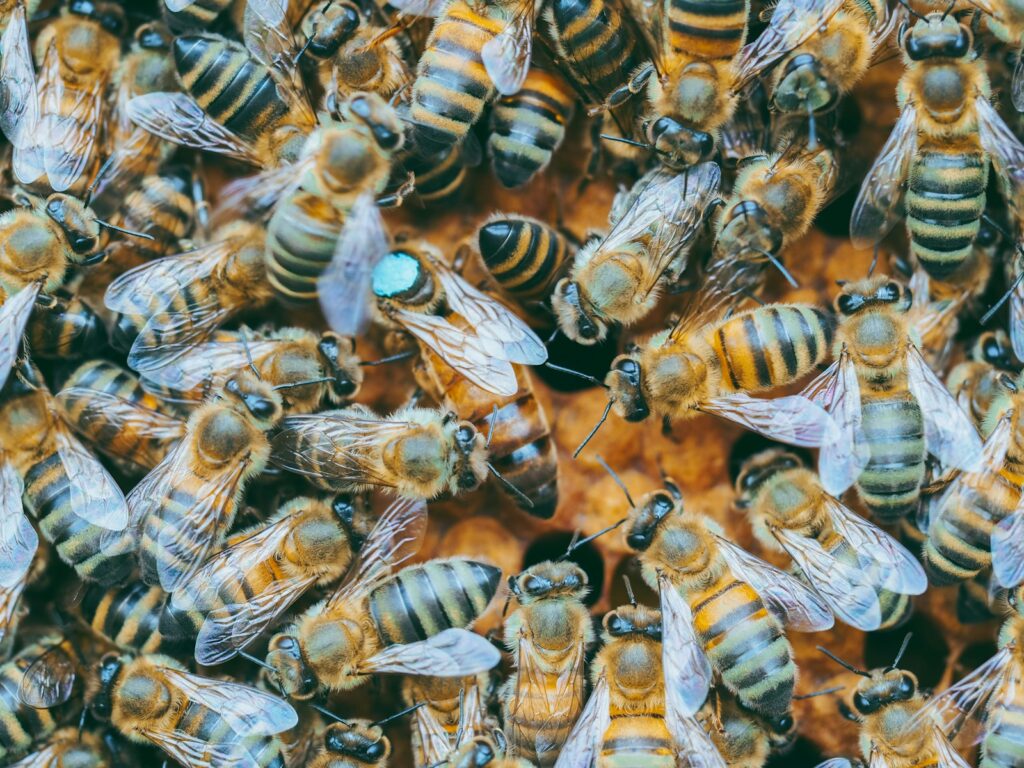
The acoustic repertoire of insects extends far beyond simple mating calls, with many species capable of producing diverse sounds that convey specific messages to conspecifics. Honeybees communicate through several distinct sounds within their hives, including the famous “queen piping”—a series of toots produced by a newly emerged queen bee challenging rivals, and the answering “quacking” sounds made by queens still developing in their cells. Ants, though primarily chemical communicators, produce alarm signals by stridulating when their colony is threatened, rapidly recruiting nestmates to defensive positions. Some treehoppers have developed a sophisticated acoustic vocabulary with distinct signals for mate attraction, rivalry, and predator warnings—each with its own temporal pattern and frequency characteristics. Even solitary insects like certain beetle species produce different sounds when disturbed versus during courtship, effectively creating context-specific messages. Scientists studying these acoustic languages have discovered that many insect species encode surprisingly complex information in their calls, including details about the caller’s size, health status, genetic quality, and even past experiences. This growing understanding of insect acoustic communication reveals sophisticated information exchange systems operating all around us, hidden in plain hearing.
Conservation Concerns: Monitoring Ecosystems Through Insect Acoustics

The distinctive sounds of insects offer valuable tools for conservation biologists monitoring ecosystem health and biodiversity in the face of environmental changes. Researchers increasingly deploy automated acoustic recording devices in field settings to capture insect soundscapes over extended periods, creating acoustic inventories that can track species presence, abundance, and activity patterns without physically collecting specimens. These non-invasive monitoring techniques prove particularly valuable for rare or endangered insect species whose populations might be further threatened by traditional sampling methods. Changes in insect acoustic patterns can serve as early warning systems for environmental stressors, with studies showing that pollution, habitat fragmentation, and climate change all affect insect calling behavior and community composition before visual surveys might detect population declines. The growing field of ecoacoustics analyzes these soundscape recordings to assess overall ecosystem health, with diverse and structured insect choruses generally indicating healthier habitats. As insect populations face unprecedented threats worldwide, their sounds may prove crucial in conservation efforts—both as monitoring tools and as compelling ways to engage public interest in protecting these often-overlooked but ecologically vital creatures.
Conclusion

From the chirping crickets that have serenaded humanity throughout history to the wing-beat frequencies that help mosquitoes find mates, insect sounds represent an extraordinary diversity of communication strategies that have evolved over millions of years. These acoustic signals—whether produced by stridulation, tymbal vibration, wing movement, or percussion—serve vital functions in reproduction, defense, and social coordination. The complex world of insect acoustics reminds us that nature’s soundscapes contain layers of meaning we’re only beginning to fully understand. As technology advances, allowing us to detect and analyze sounds beyond human hearing range, we continue to discover new dimensions of insect communication. By pausing to listen to the buzz, click, and chirp of insects around us, we gain a deeper appreciation for the sophisticated lives of these small but sonically significant creatures that share our world.

